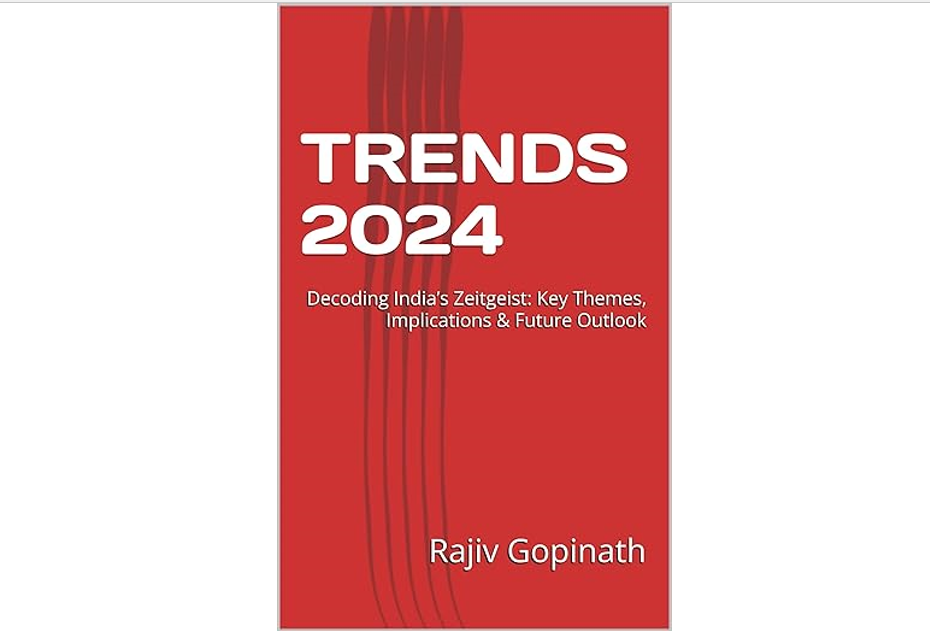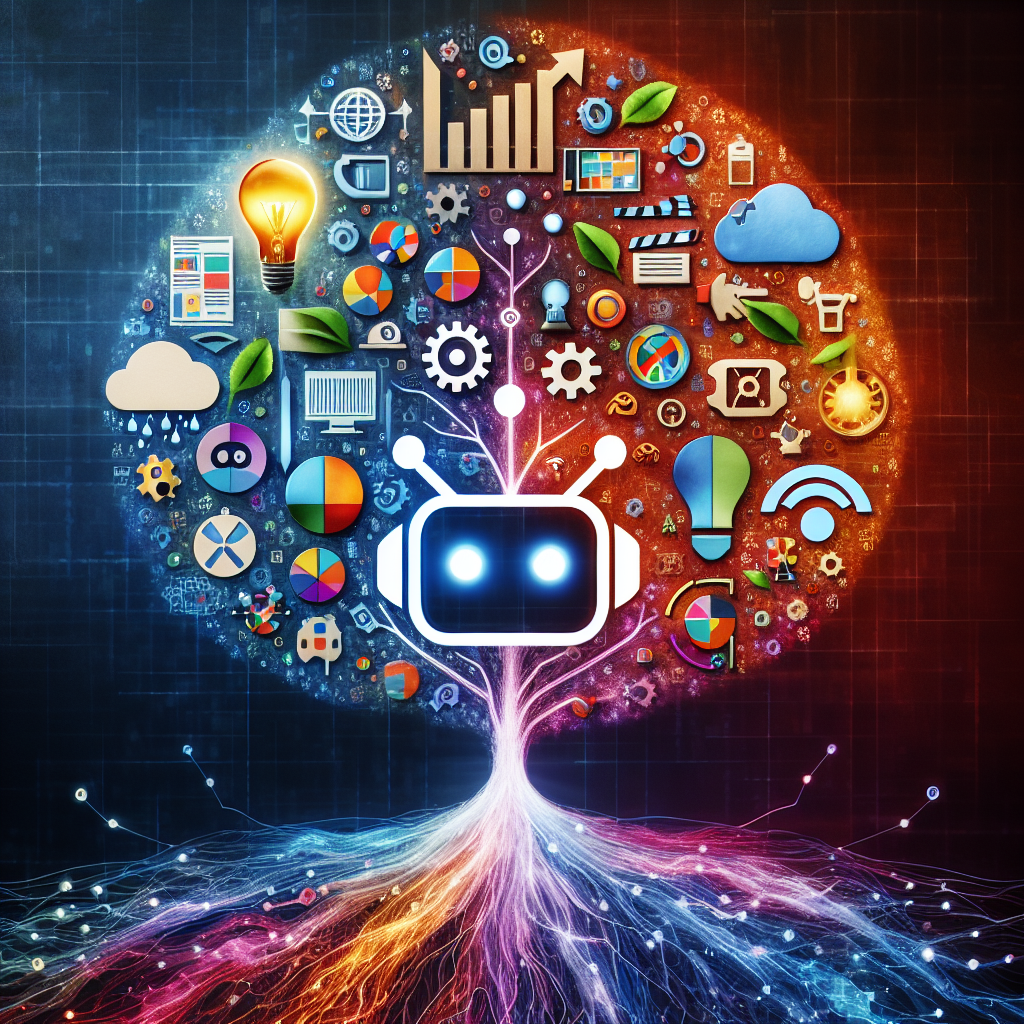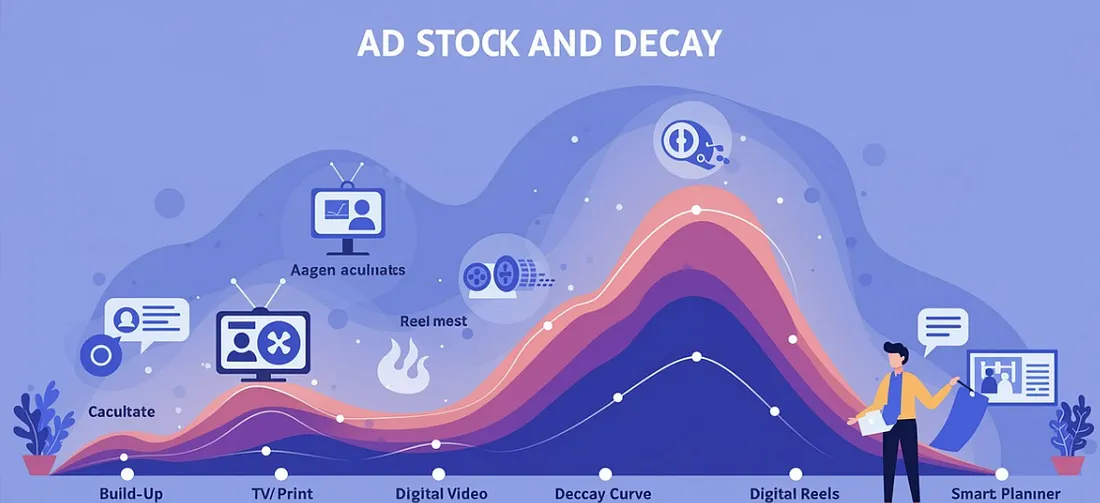The Future of Personalized AI Chatbots in Customer Engagement
Introduction: The Evolution of Digital Conversation
Customer engagement has undergone a profound transformation in the digital era, shifting from traditional call centers and email support to intelligent, always-on conversational interfaces. At the forefront of this revolution are AI-powered chatbots, which have evolved from rudimentary rule-based systems to sophisticated conversational agents capable of understanding context, emotion, and intent. According to Juniper Research, chatbot interactions in retail will reach 22 billion by 2025, representing a 100% increase from 2022. This explosive growth reflects a fundamental shift in consumer expectations, with McKinsey reporting that 75% of consumers now expect immediate service within five minutes of making contact online. As these technologies mature, powered by advances in natural language processing (NLP) and emotional intelligence, they are redefining the boundaries between automated systems and human-like engagement. This article examines how personalized AI chatbots are reshaping customer engagement strategies, their impact on consumer behavior, and the emerging frameworks for implementing these technologies in ways that enhance rather than diminish the human connection at the heart of brand relationships.
1. The Technological Evolution: From Scripts to Sentience
The development of chatbot technology has accelerated dramatically through several distinct generations:
a) From Rule-Based to Contextually Aware
Earlier chatbots operated on predetermined scripts and decision trees:
- First-generation systems relied on keyword matching and basic pattern recognition
- Modern systems leverage transformer-based language models like GPT-4 that understand contextual nuance
- Neural networks now enable conversational memory across multiple interactions
b) Emotional Intelligence and Sentiment Analysis
Advanced chatbots now recognize and respond to emotional cues:
- NLP algorithms detect frustration, satisfaction, and confusion in customer language
- Response generation adapts to emotional context, providing empathetic engagement
- Systems increasingly incorporate tone analysis for more humanistic interactions
c) Multimodal Capabilities and Integration
Today's chatbots transcend text-only interfaces:
- Voice-enabled chatbots with natural speech patterns and prosody
- Visual recognition enabling product identification from user-submitted images
- Integration with augmented reality for interactive product demonstrations
2. Strategic Applications: Beyond Cost Reduction to Value Creation
Forward-thinking brands have evolved their chatbot strategy from mere cost efficiency to strategic value creation:
a) Hyper-Personalization at Scale
Peter Fader's customer centricity framework emphasizes differential investment in high-value customers:
- Example: Sephora's Beauty Bot provides personalized product recommendations based on skin type, preferences, and purchase history
- Banking chatbots like Bank of America's Erica deliver financial insights tailored to individual spending patterns
b) Proactive Engagement and Predictive Service
AI systems are shifting from reactive to anticipatory:
- Example: Starbucks' chatbot proactively suggests reordering based on weather conditions and personal preferences
- Telecommunications provider Vodafone deployed predictive service chatbots that anticipate technical issues before customers report them
c) Conversational Commerce and Guided Selling
According to research by Accenture, conversational commerce increases average order values by 30%:
- Example: H&M's chatbot acts as a personal stylist, creating outfit recommendations based on user preferences
- Domino's "Dom" facilitates zero-friction ordering through natural conversation across multiple platforms
3. The Psychology of Human-Machine Interaction
Understanding the psychological underpinnings of human-chatbot relationships is crucial:
a) The Uncanny Valley and Anthropomorphism
Professor Clifford Nass's research on human-computer interaction highlights how humans unconsciously apply social norms to machines:
- Appropriate anthropomorphism increases trust and engagement
- Over-humanization without corresponding capabilities creates trust deficits
- Cultural variations in anthropomorphic expectations require localized approaches
b) Trust Development in Digital Interactions
Chatbot interactions follow modified versions of traditional trust-building models:
- Competence demonstration through accurate answers and useful suggestions
- Benevolence signaling through personalized recommendations
- Integrity through transparent disclosure of AI nature
c) Cognitive Load and Conversation Design
Harvard Business Review research suggests well-designed chatbots reduce consumer cognitive load:
- Simplification of complex processes through guided conversations
- Reduction of choice paralysis through contextually relevant options
- Clarification of ambiguous information through interactive explanation
4. Case Studies: Leaders in Conversational AI
Several pioneering implementations demonstrate the strategic potential of personalized chatbots:
a) Lemonade Insurance's Maya
Lemonade deployed an AI chatbot that handles the entire insurance claim process in minutes rather than days, achieving 30% higher customer satisfaction while reducing operational costs.
b) Whole Foods' Recipe Assistant
Rather than focusing on transactions, Whole Foods created a chatbot that helps customers find recipes based on dietary preferences and available ingredients, driving store visits and basket size.
c) KLM's Blue Bot
KLM's multiplatform AI assistant manages bookings, provides check-in assistance, and delivers proactive travel updates, resulting in a 40% reduction in call center volume and significantly higher customer experience scores.
5. The Future: Emergent Capabilities and Strategic Frameworks
Chatbot technology continues to evolve toward greater sophistication:
a) Multiexperience and Seamless Transitions
Gartner's multiexperience framework highlights the importance of consistent experiences across touchpoints:
- Chatbots that maintain conversation context across devices and channels
- Seamless handoffs between automated systems and human agents
- Integrated digital and physical experiences through IoT connections
b) Ethical AI and Responsible Design
As chatbots become more persuasive, ethical considerations grow in importance:
- Transparency requirements for disclosing AI nature
- Bias mitigation in recommendation algorithms
- Privacy-preserving personalization techniques
c) Collaborative Intelligence Models
The future points toward human-AI collaboration rather than replacement:
- Chatbots augmenting human capabilities rather than substituting them
- Emotional labor distribution between humans and AI based on complexity
- Continuous learning systems that adapt based on human agent input
Conclusion: From Tools to Partners in Customer Engagement
The evolution of personalized AI chatbots represents a fundamental shift in how brands engage with customers—moving from transactional interactions to relationship-building conversations. As marketing strategist Seth Godin observes, "People do not buy goods and services. They buy relations, stories, and magic." AI chatbots are increasingly capable of delivering these intangible elements at scale. The most successful implementations will be those that balance technological capability with authentic brand voice, efficiency with emotional intelligence, and automation with human oversight. As we enter this new era of conversational engagement, brands must approach AI chatbots not merely as cost-saving tools but as extensions of their customer relationships—digital ambassadors that embody their values, voice, and vision in every interaction.
Call to Action
For marketing leaders looking to advance their conversational AI strategy:
- Audit existing customer journeys to identify high-value touchpoints for chatbot enhancement
- Develop a comprehensive voice and personality framework aligned with brand values
- Implement ethical guidelines for transparency, data usage, and appropriate personalization
- Create cross-functional teams spanning marketing, customer service, and data science
- Establish clear metrics that measure both efficiency gains and relationship-building effectiveness
Featured Blogs

TRENDS 2024: Decoding India’s Zeitgeist: Key Themes, Implications & Future Outlook

How to better quantify attention in TV and Print in India

AI in media agencies: Transforming data into actionable insights for strategic growth

How the Attention Recession Is Changing Marketing

The New Luxury Why Consumers Now Value Scarcity Over Status

The Psychology Behind Buy Now Pay later

The Rise of Dark Social and Its Impact on Marketing Measurement

The Role of Dark Patterns in Digital Marketing and Ethical Concerns

The Future of Retail Media Networks and What Marketers Should Know
Recent Blogs

Ad Stock & Decay: The Invisible Hand Guiding Media Schedules

The Big Mac Illusion:What a Burger Tells Us About Global Economics

When Search Starts Thinking How AI Is Rewriting the Discovery Journey

CEP Tracker The Modern Brand Health Metric

Cracking Growth: How to Leverage Category Entry Points (CEPs) for Brand Advantage


